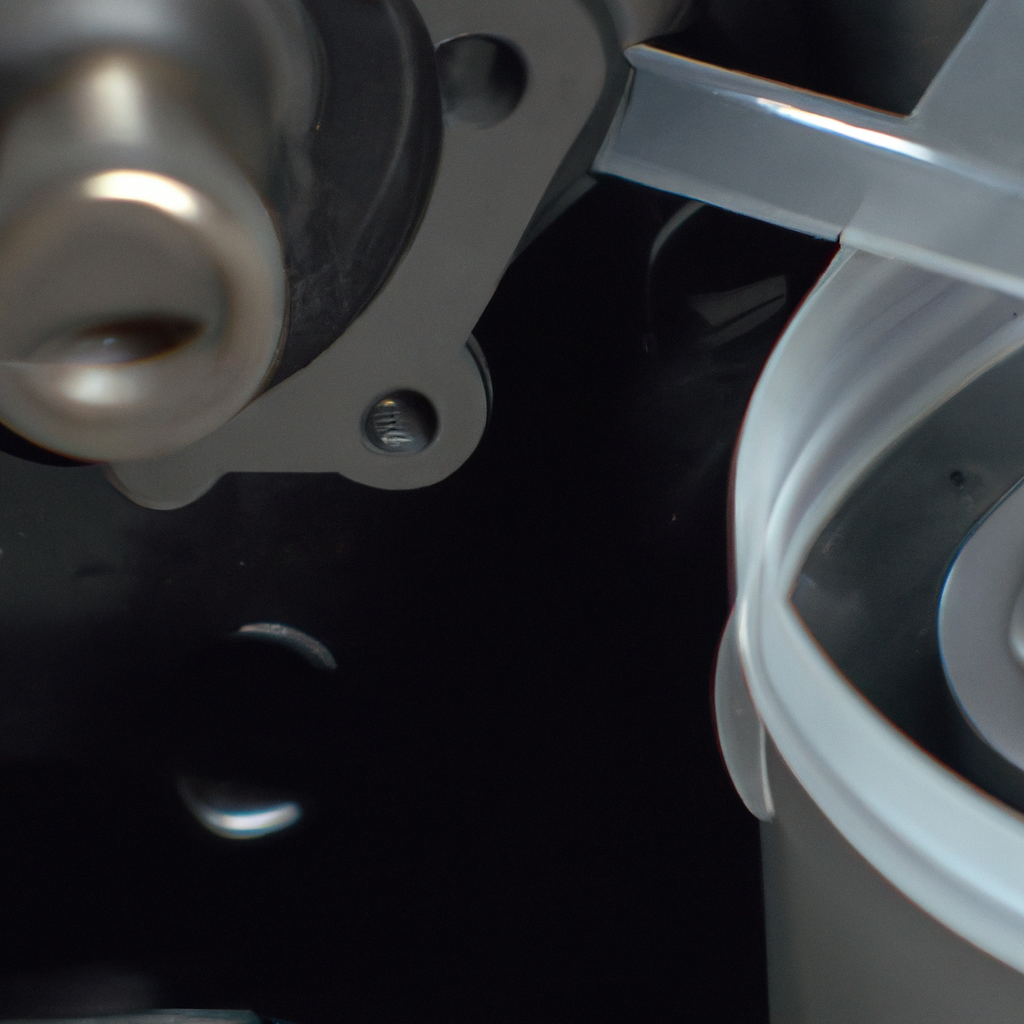A vacuum pump is a mechanical device that removes air molecules and other gases from a sealed chamber or container. It creates a vacuum by reducing the air pressure within the chamber, thereby creating suction that draws out the air. Vacuum pumps are used in a variety of industrial applications, including scientific research, manufacturing, and medical procedures. In this article, we will explore how a vacuum pump works, and the different types of vacuum pumps available in the market.
How does a vacuum pump work?
A vacuum pump operates on the principle of reducing the air pressure inside a chamber or container to create a vacuum. Air pressure is the force exerted by the weight of the atmosphere on the earth’s surface. At sea level, the atmospheric pressure is around 14.7 pounds per square inch (psi).
When a vacuum pump is turned on, it creates a low-pressure zone inside the chamber by removing the air molecules. This creates a pressure differential between the inside and outside of the chamber, which results in suction that draws out the air. The pump continues to operate until the desired level of vacuum is achieved.
There are several types of vacuum pumps available in the market, each with its own mechanism for creating a vacuum. Some of the most common types include:
Types of vacuum pumps
1. Positive displacement pumps
Positive displacement pumps work by trapping a fixed amount of air and then forcing it out of the chamber to create a vacuum. They are often used in applications that require a high level of vacuum, such as in scientific research and medical procedures.
2. Momentum transfer pumps
Momentum transfer pumps use high-speed jets of gas to remove the air molecules from the chamber. They are often used in applications that require a high pumping speed, such as in vacuum coating and sputtering.
3. Entrapment pumps
Entrapment pumps use a chemical reaction to remove the air molecules from the chamber. They are often used in applications that require ultra-high vacuum, such as in semiconductor manufacturing.
Applications of vacuum pumps
Vacuum pumps are used in a variety of industrial applications, including:
1. Scientific research
Vacuum pumps are used in scientific research to create a vacuum environment for experiments that require low-pressure conditions. They are often used in physics, chemistry, and materials science research.
2. Manufacturing
Vacuum pumps are used in manufacturing processes that require a vacuum environment, such as in vacuum coating and sputtering. They are also used in the production of electronic components, such as semiconductors and vacuum tubes.
3. Medical procedures
Vacuum pumps are used in medical procedures such as suctioning fluids from the body during surgery and in the treatment of conditions such as erectile dysfunction.
Conclusion
In conclusion, a vacuum pump is a mechanical device that removes air molecules and other gases from a sealed chamber or container. It operates by reducing the air pressure inside the chamber to create suction that draws out the air. There are several types of vacuum pumps available in the market, each with its own mechanism for creating a vacuum. They are used in a variety of industrial applications, including scientific research, manufacturing, and medical procedures.







